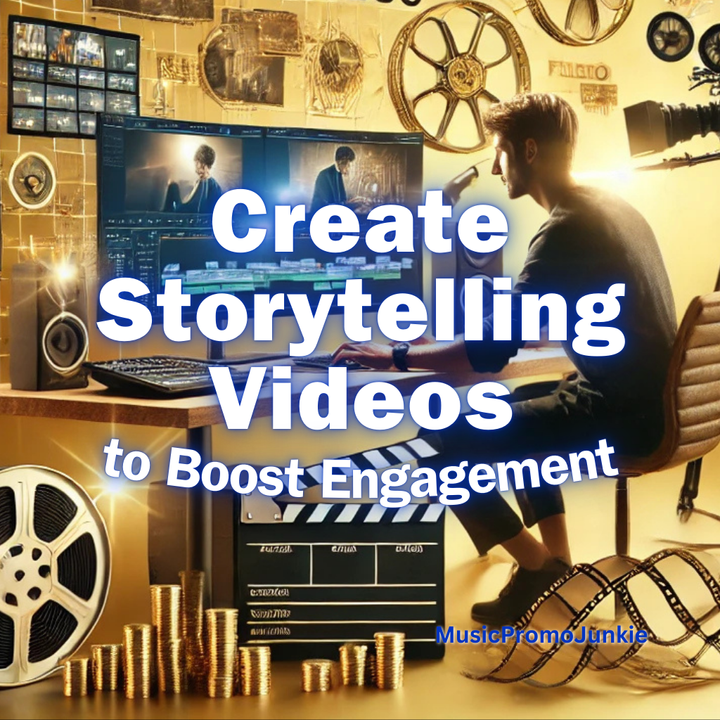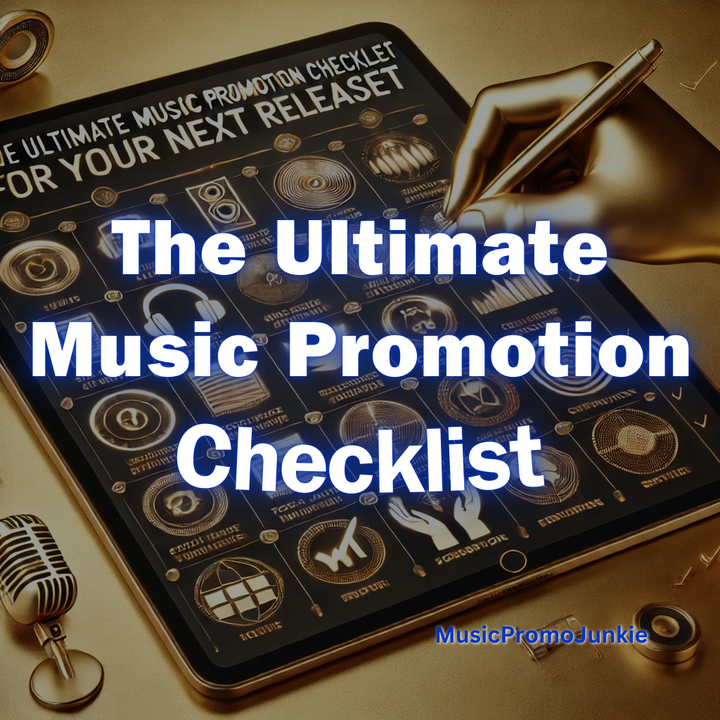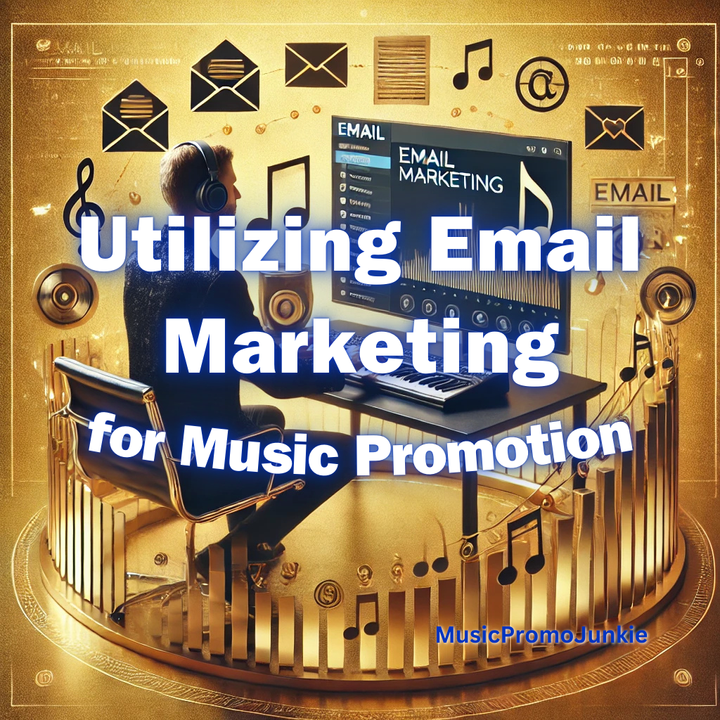Secrets to a Successful Spotify Playlist Pitch / Music Promotion 101
Unlock the secrets to a successful Spotify playlist pitch. Learn how to craft compelling pitches, avoid common mistakes, and boost your music promotion efforts.

In the ever-evolving world of music promotion, getting your tracks featured on Spotify's editorial playlists can be a game-changer.
However, the journey to securing a spot on these coveted playlists requires more than just great music.
Crafting a compelling pitch that resonates with playlist curators is essential.
Many artists face the frustration of submitting their music without seeing results, often due to overlooked details or common mistakes.
This guide aims to provide you with the insights and strategies needed to enhance your playlist pitching efforts and increase your chances of success.
We'll explore various aspects, from understanding different types of Spotify playlists to crafting the perfect pitch, avoiding common pitfalls, and following up effectively.
We'll also touch on other powerful Spotify tools like Release Radar, Discovery Mode, Marquee, and Showcase, which can further boost your music promotion efforts.
Let's dive in and unlock the secrets to a successful Spotify playlist pitch.
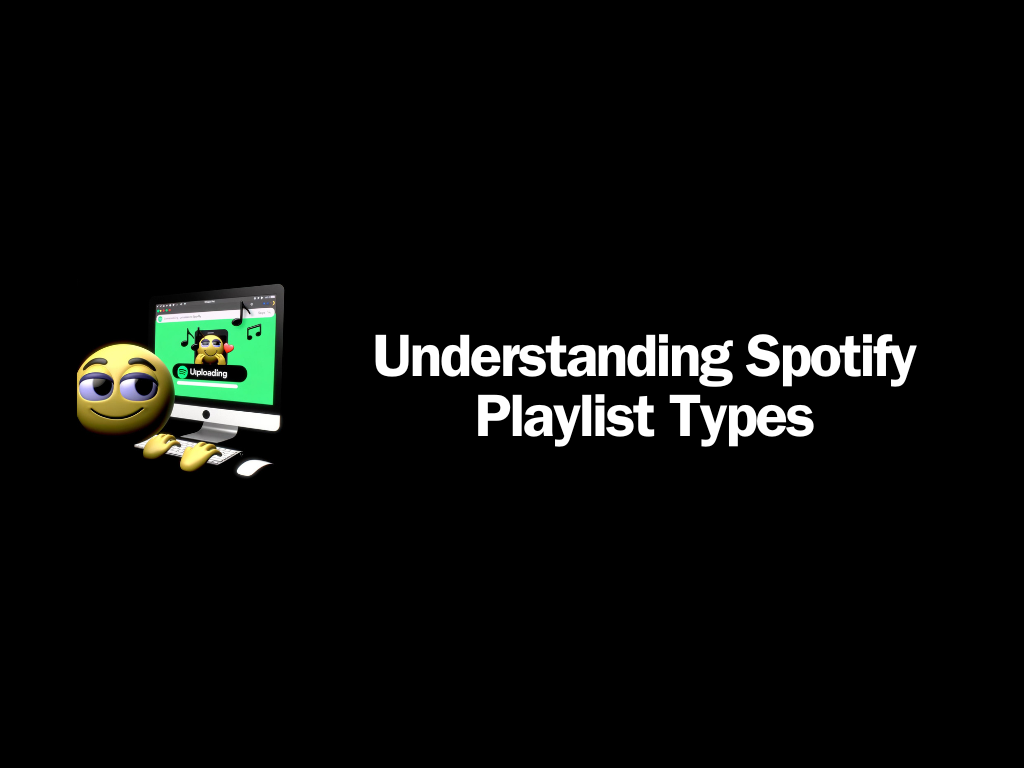
Understanding Spotify Playlist Types
Spotify offers various types of playlists, each serving a different purpose and audience.
Understanding these can help you tailor your pitch more effectively.
- Editorial Playlists: Curated by Spotify’s team, these playlists feature a mix of popular and emerging tracks. They are highly sought after due to their large followings.
- Algorithmic Playlists: Generated by Spotify's algorithms, these include playlists like Discover Weekly and Release Radar, tailored to individual users based on their listening habits.
- Listener Playlists: Created by Spotify users, these playlists can range from personal collections to influential lists followed by thousands.
Knowing the differences can help you target your pitch to the right type of playlist, increasing your chances of being featured.

Crafting a Pitch That Resonates with Playlist Curators
Writing a pitch that stands out to Spotify's editorial curators requires attention to detail and strategic planning.
First, ensure your song has been delivered to Spotify by your distributor.
Then, log into your Spotify for Artists account and navigate to your Music>Upcoming tab.
Select the song you want to pitch and complete the required information.
- Profile Optimization: Ensure your Spotify profile is fully updated and engaging. A complete and attractive profile can make a significant impression.
- Strategic Research: Identify playlists and genres that align with your music. Understanding where your tracks fit best will help you make informed choices.
- Compelling Description: Write a concise one-sentence description that highlights what makes your music unique and exciting.
- Use of Cosigns: Include quotes, reviews, or endorsements from influential figures or media to add credibility.
- Genre-Specific Keywords: Incorporate relevant buzzwords to demonstrate your familiarity with your music scene.
- Promotional Plans: Outline your promotional efforts to show curators that you are actively promoting your music.
- Multiple Drafts: Refine your pitch through multiple drafts, seeking feedback to enhance it.
- Continuous Effort: Keep releasing music and pitching regularly to build momentum.
- Independent Curators: Don't overlook independent curators; they can increase your visibility and help you get on editorial playlists.
- More info HERE.
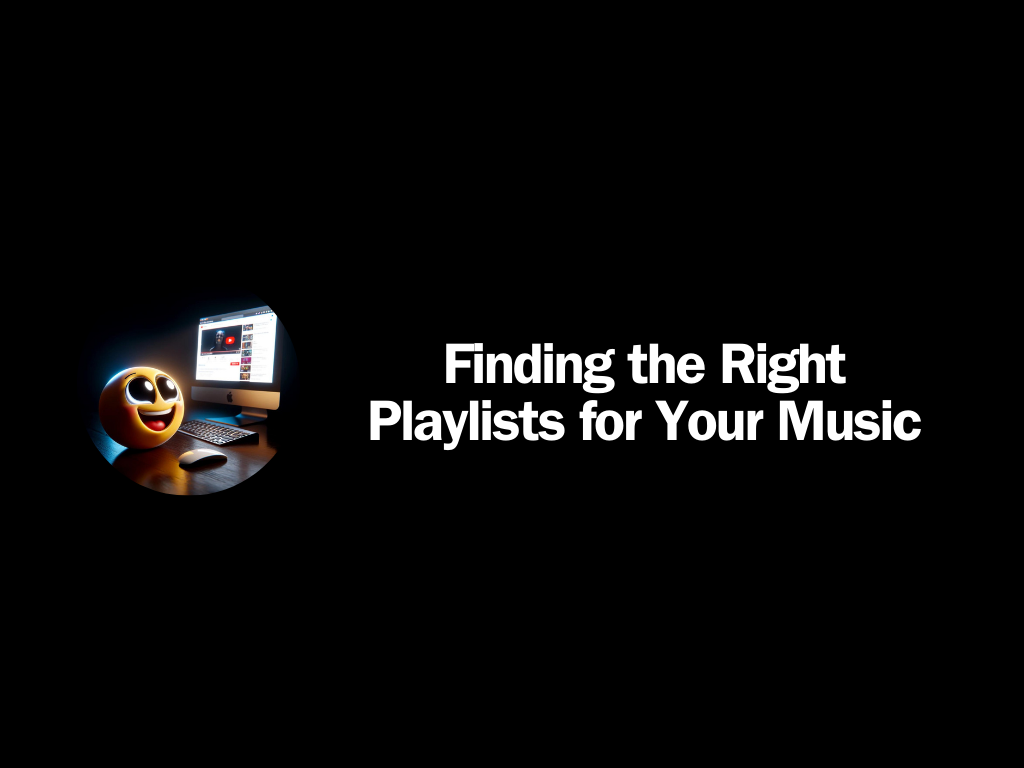
Finding the Right Playlists for Your Music
By targeting the right playlists and leveraging these resources, you can significantly boost your music promotion efforts and increase your chances of being featured on influential Spotify playlists.
Identifying the right playlists is crucial for effectively promoting your music.
Here are key strategies:
- Research Similar Artists: Look at artists with similar music and analyze the playlists they feature on, especially those curated by Spotify. Mentioning these playlists in your next editorial pitch can add credibility and show your genre fit.
- Non-Spotify Playlists: Submit your music directly to curators using the contact info found on sites like PlaylistSupply.com. Networking with curators can enhance your chances of being featured.
- Artists Playlists Journey: You can also use sites like Chartmetrics.com every now and then to find the playlist journeys of other artists. Find the playlist they were on before and after the big playlists.
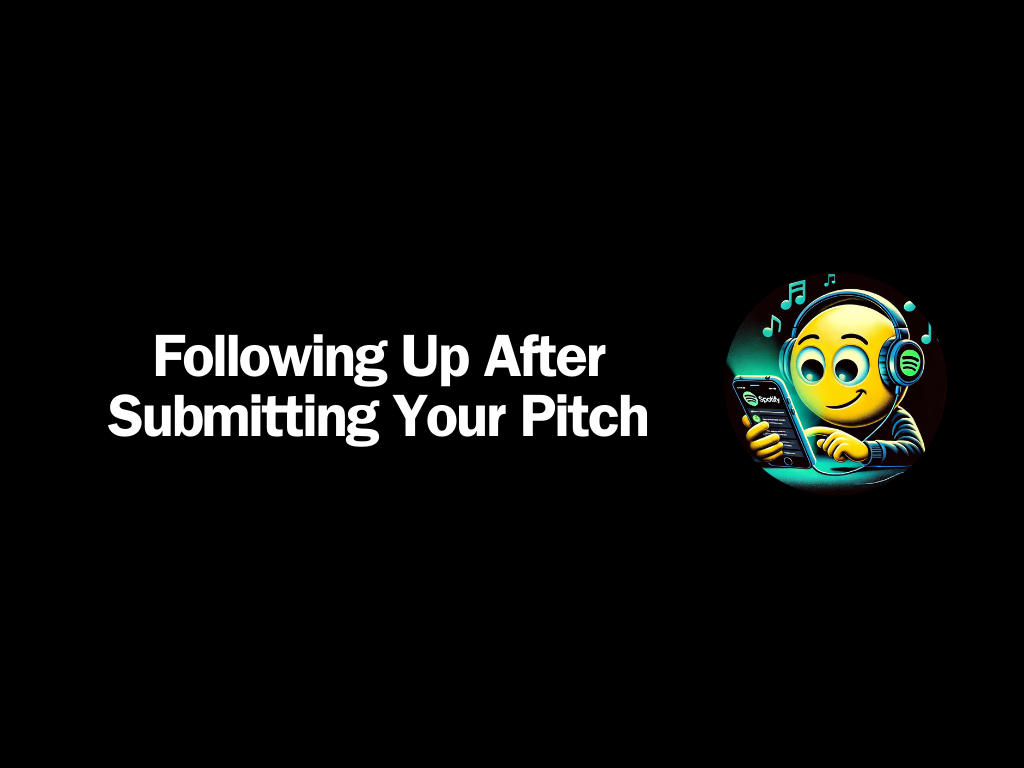
Following Up After Submitting Your Pitch
Following up on your pitch can be as important as the initial submission.
- If Your Music Was Picked: Spotify will email you if your song gets picked. You can also check the Playlists tab in Spotify for Artists.
- Thank You Messages: If a curator adds your track to their playlist, send a thank you message. This builds goodwill and opens the door for future communication.
- Support Curators: Share the playlist on your social media and engage with the curator's content. This reciprocal support can strengthen your relationship.
- Consistent Communication: Keep in touch with curators without overwhelming them. Provide updates about new releases and career milestones.
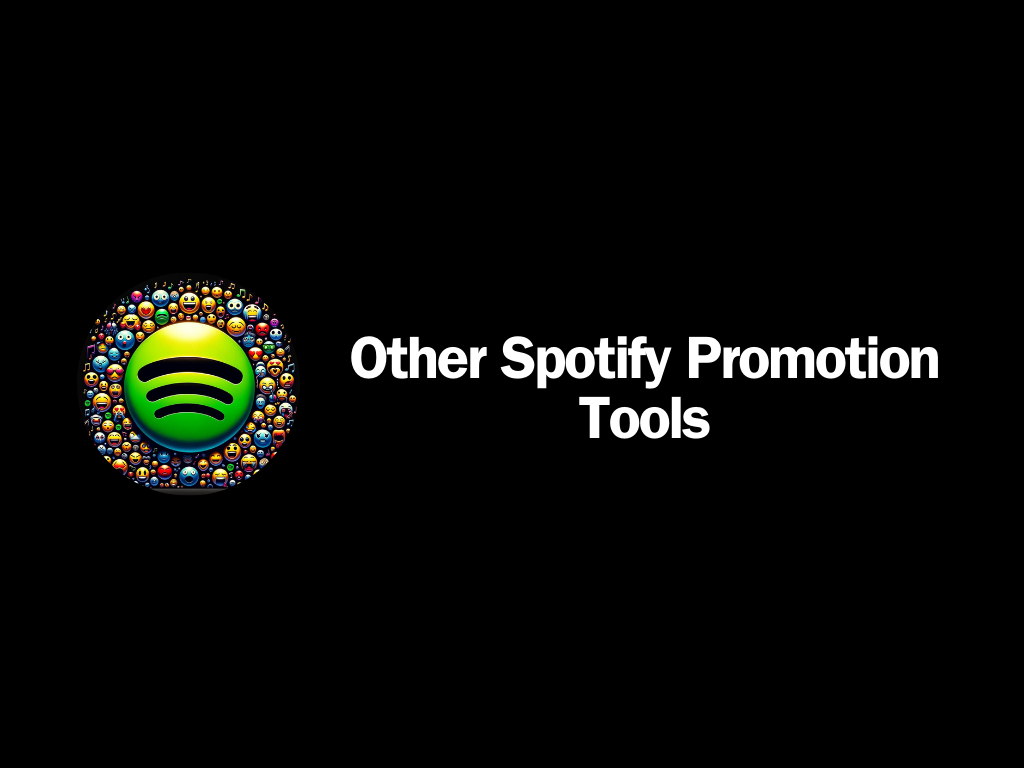
Other Spotify Promotion Tools
Spotify does offer several other promotional tools to further boost your music promotion efforts.
- Release Radar: This playlist includes new releases from artists that users follow. To ensure your music appears here, make sure your followers are engaged and your profile is up-to-date.
- Discovery Mode: This tool allows you to prioritize certain tracks for more exposure. It’s currently available to select artists and labels, providing an opportunity to reach new audiences.
- Marquee and Showcase: These paid promotional tools can help you target specific listeners with new releases or highlight key tracks. While these require an investment, they can be highly effective in increasing visibility.
We'll delve deeper into these tools in other articles, but understanding their potential can help you plan a comprehensive music promotion strategy.

Common Mistakes to Avoid in Playlist Pitching
Avoiding common mistakes can significantly improve your chances of a successful pitch.
- Submission Timing: Submit your pitch 7 to 21 days before your release date, with a preference for the longer end of the window. This gives curators ample time to review your music.
- Generic Pitches: Personalize each pitch to the specific playlist and curator to show that you’ve done your homework.
- One Pitch At-A-Time: You can only pitch one song at a time.
- Pitching Too Often: Avoid pitching too frequently as it can overwhelm curators and reduce the effectiveness of your promotional strategies. Allow enough time for your promotional efforts to yield results before pitching again.
- Re-Pitching: Once a song has gone live, it’s no longer eligible for pitching.
- Ignoring Guidelines: Always follow the submission guidelines provided by Spotify and the curators. Learn more about Spotify's guildelines here.
Conclusion
Successfully pitching your music to Spotify's editorial playlists involves more than just submitting a track.
It requires a strategic approach, attention to detail, and continuous effort.
By understanding the different types of playlists, crafting a compelling pitch, avoiding common mistakes, and effectively following up, you can significantly improve your chances of getting featured.
Additionally, leveraging advanced tools like Release Radar, Discovery Mode, Marquee, and Showcase can further amplify your promotional efforts.
Remember, music promotion is an ongoing process. Stay persistent, keep refining your approach, and you'll be well on your way to achieving greater visibility and success on Spotify.
For more in-depth strategies and actionable tips, check out our comprehensive guide, "Content Strategies for Indie Artists: Monetize Your Music." Start mastering your music promotion efforts today and watch your music career soar.
FAQ Answers for "Secrets to a Successful Spotify Playlist Pitch / Music Promotion 101"
What is playlist pitching?
Playlist pitching is the process of submitting your music to playlist curators to have your tracks included in their playlists.
This increases your visibility and streams. Spotify offers different types of playlists, including editorial playlists curated by Spotify’s team, algorithmic playlists personalized for users, and user-generated playlists.
How do I submit my music to Spotify playlists?
To submit your music to Spotify playlists, you need to use the Spotify for Artists dashboard. First, claim your Spotify for Artists account.
Ensure that your music is unreleased before you craft a compelling pitch highlighting the unique aspects of your song. Finally, submit your track through the "Music" tab in the Spotify for Artists dashboard.
What are the benefits of being featured on an editorial playlist?
Being featured on an editorial playlist can significantly boost your music promotion efforts.
It increases your exposure by reaching a large audience, targets new listeners who enjoy specific genres or moods, and can lead to career growth by attracting more streams and industry attention.
What makes a good playlist pitch?
A good playlist pitch involves optimizing your Spotify profile to be engaging and fully updated. Conduct strategic research to identify the right playlists and genres for your music.
Your pitch should include a compelling one-sentence description, relevant genre-specific keywords, and cosigns from influential figures or media. Outline your promotional plans and refine your pitch through multiple drafts.
How far in advance should I pitch my music?
You should pitch your music to Spotify playlists 7 to 21 days before your release date, ideally leaning towards the longer end of this timeframe. This allows curators ample time to review your submission and consider it for their playlists.
“MusicPromoJunkie: Hitting The Right Notes With Your Music Promotion.”

